Technology
YouTube Unveils Its Own Top Podcasts Chart for USA – And the First #1 Might Surprise You!
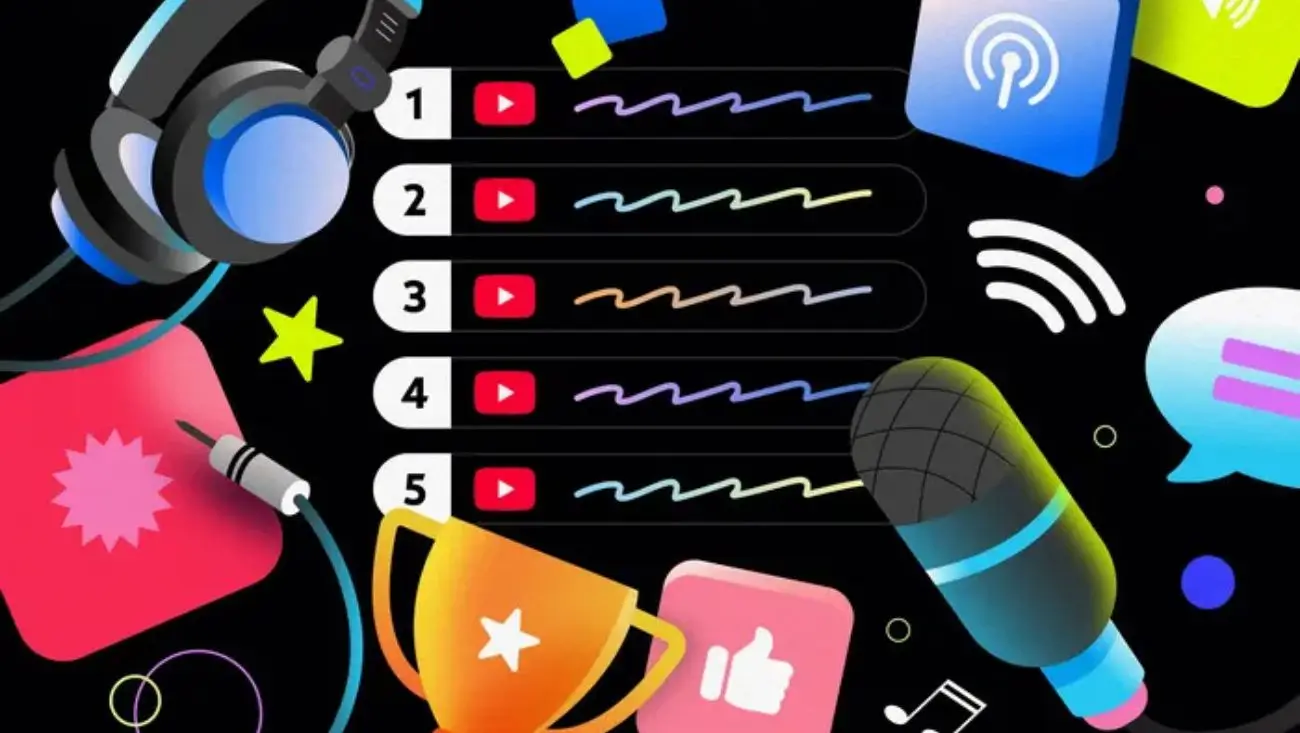
In a clear signal of its deepening investment in the podcasting realm, YouTube has launched its anticipated weekly YouTube Top Podcasts Chart USA. This new chart, now live and accessible directly via charts.youtube.com/podcasts, provides a weekly snapshot of the shows captivating American audiences on the massive video platform. The introduction of this official ranking system is set to bring more transparency to podcast performance on YouTube and could significantly influence discovery for both listeners and creators across the nation.
For a long time, gauging podcast popularity has involved looking at various charts from different distributors. With the YouTube Top Podcasts Chart USA, the platform is providing its own data-backed view, specifically for content consumed within the United States on YouTube – a space where many podcasts thrive with video components. This is a pivotal development for creators looking to measure their impact and for listeners seeking out the hottest shows in the US.
What the New YouTube Top Podcasts Chart USA Reveals
The debut of the YouTube Top Podcasts Chart USA has quickly become a talking point. While some might have expected certain names to immediately claim the top spots, the initial rankings highlighted the diverse appeal of podcasts on YouTube. For instance, early observations of the live chart showed strong contenders like “Kill Tony,” a live comedy podcast, and “New Heights with Jason and Travis Kelce” ranking highly, indicating the success of interactive and personality-driven content. The absence (due to exclusivity elsewhere) or different ranking of shows dominant on other platforms underscores YouTube’s unique podcast ecosystem.
Key features and implications of the YouTube Top Podcasts Chart USA include:
- Live, Weekly Rankings: The chart is updated each week, offering a dynamic and current view of what U.S. podcast listeners on YouTube are engaging with. Users can visit charts.youtube.com/podcasts to see the latest standings.
- U.S. Audience Focus: This chart specifically reflects consumption patterns within the United States, providing a valuable national barometer.
- A New Discovery Tool: For listeners, the YouTube Top Podcasts Chart USA acts as a curated guide to trending and popular shows, potentially unearthing new favorites. This formalizes a discovery process that was previously more algorithmic or word-of-mouth on the platform, much like how YouTube is also using AI to refine its ad placements.
- Visibility for Creators: A prominent position on this chart can significantly boost a podcast’s visibility, attracting new subscribers and enhancing appeal to advertisers.
The decision to launch the YouTube Top Podcasts Chart USA is a clear strategic play by YouTube to cement its status as a premier destination for podcasting. By offering official, transparent rankings, YouTube aims to attract more top-tier podcasting talent to its platform and provide compelling, verifiable data to brands looking to invest in podcast advertising. This initiative complements YouTube’s ongoing efforts to enhance its platform for podcasters, including better analytics and monetization options. This kind of platform evolution focused on creator tools is also seen with Google’s recent AI-powered accessibility updates which benefit users and developers alike.
For podcast creators across the USA, making it onto the YouTube Top Podcasts Chart USA could become a coveted achievement. It offers a new benchmark for success and a powerful way to demonstrate audience engagement on one of the world’s largest content platforms. However, it also means that podcast performance on YouTube will be subject to more public and direct comparison. The way platforms manage content and creator relations is constantly under scrutiny, as seen in the discussions surrounding SoundCloud’s AI policy changes and artist feedback.
Listeners in the U.S. also stand to gain from the YouTube Top Podcasts Chart USA. In an ever-expanding podcast universe, having a reliable, platform-specific chart can simplify the process of discovering new and engaging content. The way audiences find and consume media is continually shifting, and platforms are adapting to these changes, much like how Netflix has successfully grown its ad-supported subscription model by catering to different viewer preferences.
While the initial iteration of the YouTube Top Podcasts Chart USA is now live, its long-term influence will be shaped by how consistently it reflects genuine audience engagement, the types of podcasts that achieve sustained success, and how this new data point reshapes the strategies of independent creators and established podcast networks. The transparency offered by such official charts is generally seen as a positive step, aligning with broader calls for openness in platform operations, similar to OpenAI’s recent commitments to greater transparency in AI model safety evaluations.
YouTube’s move clearly indicates it views podcasts as a vital content category, deserving of dedicated features and public metrics. With video remaining a key element for many top podcasts, YouTube is uniquely positioned to lead in this hybrid media space.
Technology
Fortnite Blocked Worldwide on iOS, Epic Games Blames Apple for Extended Ban
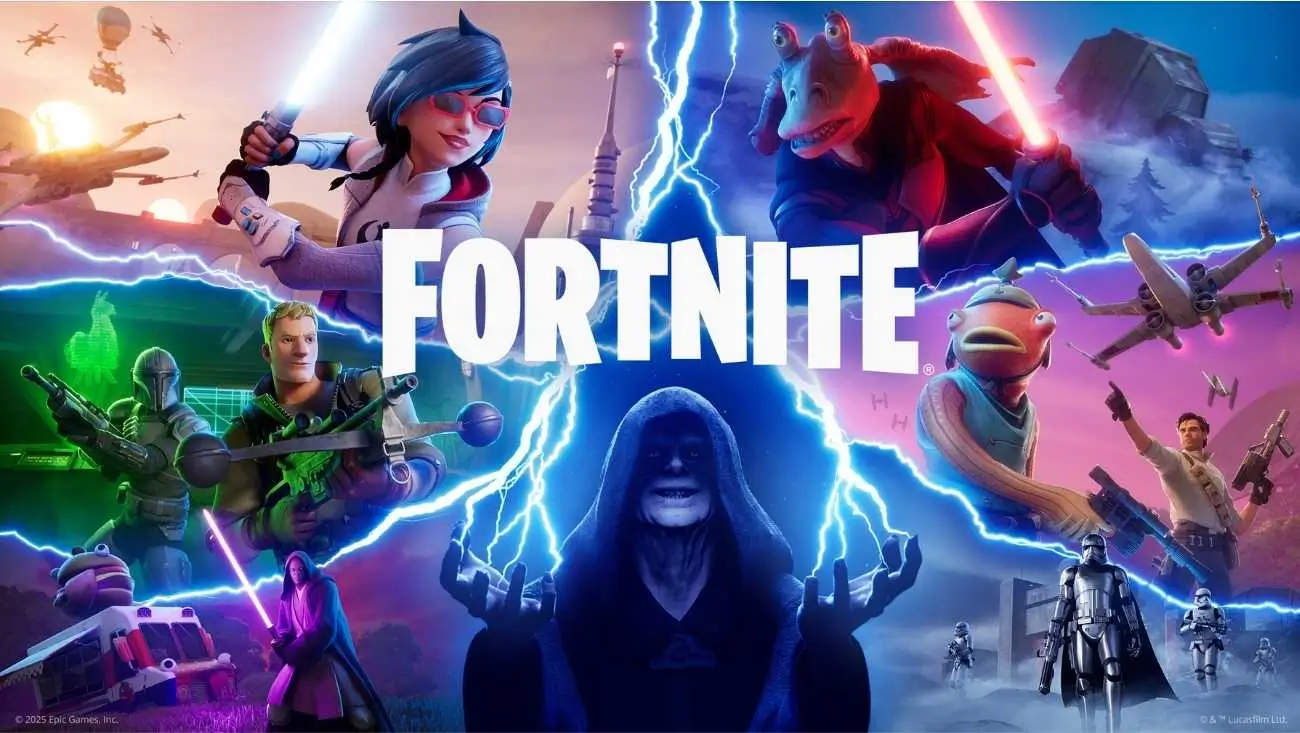
The gaming world is reeling from new claims: the Fortnite iOS ban is not only continuing but has allegedly been extended by Apple to block the game’s return to App Stores globally, including crucial markets like the USA and the European Union. Epic Games, the developer of the hit battle royale, made the announcement via X, stating that Apple has rejected their attempts to bring Fortnite back to iOS devices. This move effectively shuts out millions of iPhone and iPad users from officially accessing the game, reigniting the fierce and long-running dispute between the two tech giants.
This latest escalation in the Fortnite iOS ban saga comes after a period where many hoped for a resolution, especially with new regulations like the EU’s Digital Markets Act (DMA) potentially paving the way for alternative app distribution. However, Epic Games’ recent statements paint a picture of continued intransigence from Apple, dashing the hopes of countless players who have been unable to play Fortnite on their iOS devices since it was first removed in August 2020. The original removal stemmed from Epic’s attempt to bypass Apple’s in-app purchase system and its 30% commission, a move Apple deemed a violation of its App Store rules.
What This Extended Fortnite iOS Ban Means for Gamers
The implications of this ongoing Fortnite iOS ban are massive, particularly for the dedicated player base in the USA and Europe. Fortnite is more than just a game; it’s a cultural phenomenon and a social hub for millions. Being unable to access it on one of the world’s most popular mobile platforms creates a significant divide and frustration.
Key points for gamers to understand:
- No Official Fortnite on iPhone/iPad: As per Epic’s claims, Apple is actively preventing Fortnite from being listed on the App Store worldwide. This means no new downloads and no updates for those who might still have older versions.
- Legal Battles Continue: This latest development is set against the backdrop of years of intense legal wrangling between Epic Games and Apple over App Store policies, commission fees, and alleged anti-competitive practices.
- Impact of Regulations (DMA): While the EU’s Digital Markets Act was expected to force Apple to allow third-party app stores and alternative payment systems, Epic’s claims suggest that bringing Fortnite back, even under these new rules, is proving incredibly challenging. This is a critical test case for the effectiveness of such regulations. The struggle over app store control has parallels with other platform policy debates, such as the recent issues Windows 10 users faced with a problematic update.
Epic Games CEO Tim Sweeney has been vocal in his criticism of Apple’s App Store practices, and this latest alleged block has only added fuel to the fire. He has accused Apple of acting in bad faith and undermining the spirit of new regulations designed to promote competition. The ongoing Fortnite iOS ban is seen by many as a symbol of a larger fight for a more open mobile ecosystem. The complexities of platform governance are vast, touching everything from gaming to how YouTube is implementing new AI ad strategies.
For Apple, its App Store policies are a cornerstone of its services revenue and a way it maintains control over security and user experience on its devices. The company has consistently argued that its rules are applied fairly and are necessary to protect users and developers. However, critics, including Epic Games, argue that these policies stifle innovation and lead to unfairly high fees. The situation is reminiscent of other tech giants facing scrutiny over their market power, an ongoing theme in the tech world, even as those same companies produce beneficial innovations like Google’s AI accessibility tools.
The indefinite Fortnite iOS ban means that a huge segment of the mobile gaming market is cut off from one of the world’s most popular titles. While players can still access Fortnite on other platforms like PC, Android (often via direct download from Epic), and consoles, the absence from the iOS App Store is a significant blow to both Epic Games and the players who prefer Apple’s ecosystem. As AI continues to permeate various sectors, including the development of specialized AI models for software engineering by companies like Windsurf, the fundamental rules of digital distribution remain a battleground.
The coming weeks and months will likely see further legal and public relations battles between Epic and Apple over this extended Fortnite iOS ban. The eyes of the tech world, regulators, and millions of gamers will be watching closely to see if a path can be found to bring Fortnite back to iPhones and iPads, or if this digital exile will continue.
Technology
Nightmare! Latest Windows 10 Update Wreaking Havoc, Users Face Lockouts & Crashes
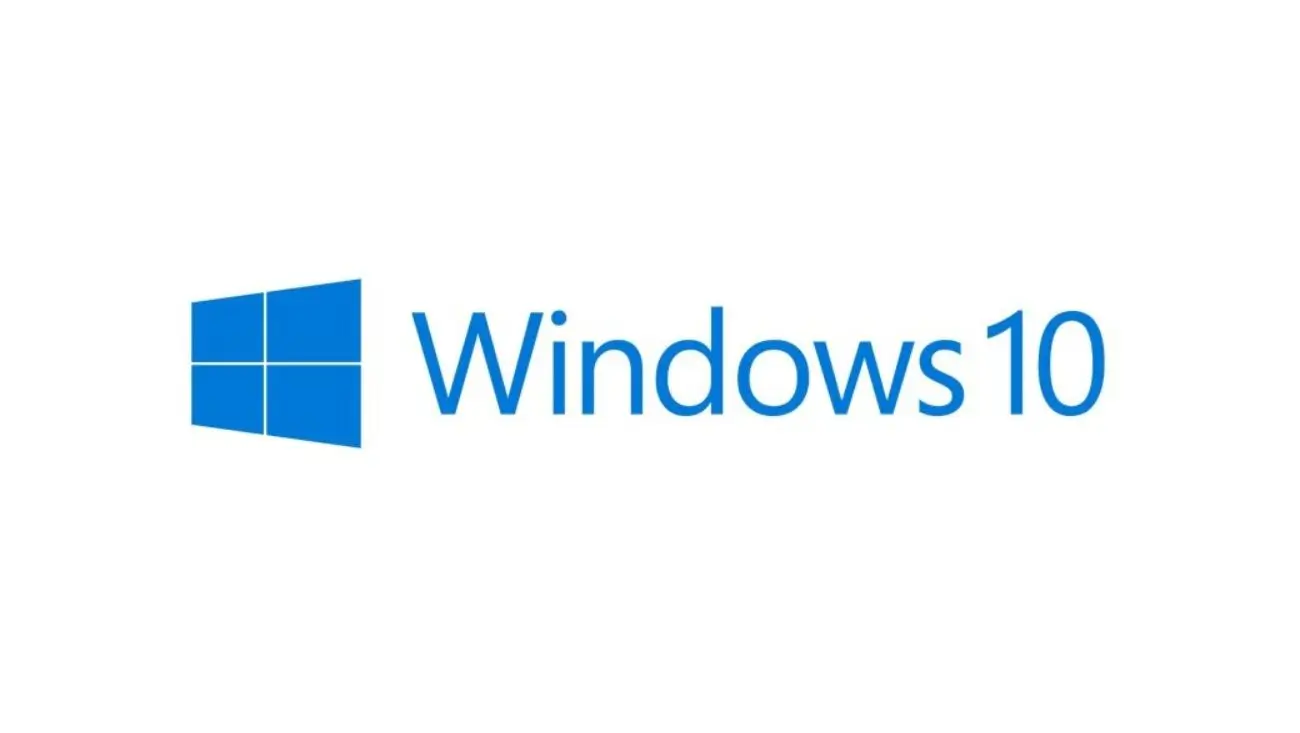
Hold onto your hats, Windows 10 users, because the latest software patch is reportedly causing a world of hurt. Numerous reports are flooding in about significant Windows 10 update problems stemming from the recently released cumulative update KB5058379. Users across the United States and globally are describing a nightmarish scenario where, after installing this update, their PCs are unexpectedly demanding BitLocker recovery keys or, in some cases, crashing with the dreaded Blue Screen of Death (BSOD).
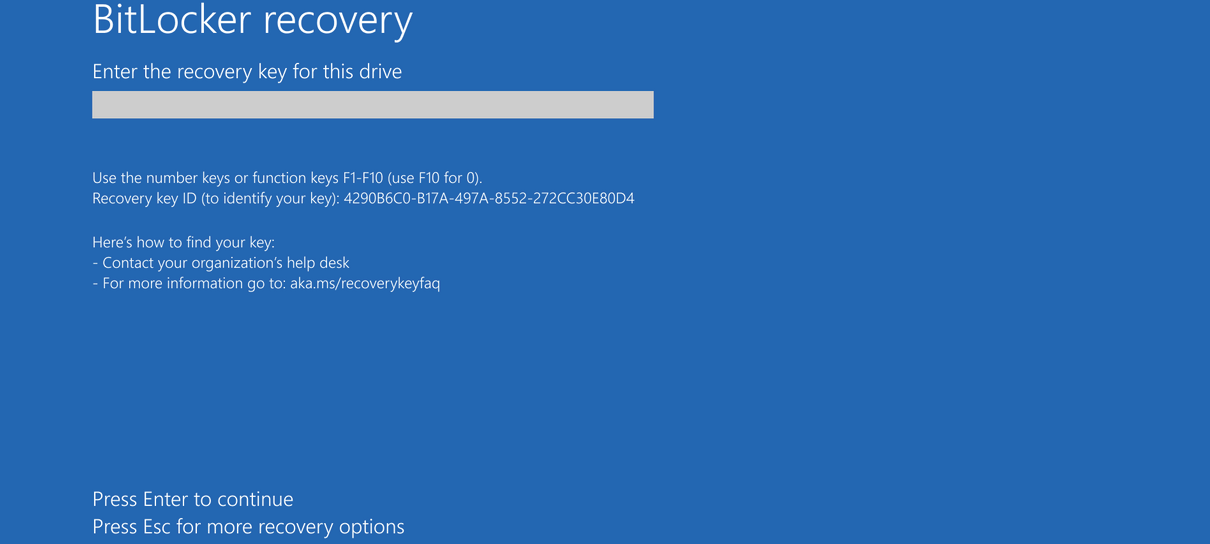
Photo: Microsoft
This latest bout of Windows 10 update problems is particularly alarming as Windows 10 nears its end-of-support date later this year, and users expect stability, not new system-breaking bugs. The KB5058379 update, intended to be one of the final patches for the operating system, appears to have backfired spectacularly for a segment of its user base, leading to frustration and potential data access issues. Microsoft has not yet issued a widespread official acknowledgment or fix for these specific widespread reports at the time of writing, though they have provided some guidance for specific error codes related to failed installations of this update in the past.
What Are These Windows 10 Update Problems Exactly?
The most frequently reported issue linked to the KB5058379 update is the sudden appearance of the BitLocker recovery screen upon booting the PC. BitLocker is Microsoft’s full-disk encryption feature, and normally, the recovery key is only required if significant hardware changes are made or if the system detects a potential security threat. However, users affected by these Windows 10 update problems are finding themselves locked out even without making any such changes, solely after installing the update. For users who don’t have their BitLocker recovery key readily available, this can mean losing access to their computer and data.
Other Windows 10 update problems being attributed to KB5058379 include:
- System Instability and BSODs: Some users are reporting general system sluggishness, application crashes, and even complete system failures resulting in a Blue Screen of Death.
- Installation Failures: While the BitLocker issue occurs post-installation for many, others are struggling to even get the update to install correctly, encountering various error codes.
- Boot Issues: Beyond BitLocker, some users have mentioned their PCs failing to boot properly or getting stuck in boot loops after the update.
This situation is incredibly frustrating for those affected. Many rely on their Windows 10 PCs for work, school, and personal use, and unexpected lockouts or system failures can cause significant disruption. The timing is also unfortunate, as users might be less inclined to troubleshoot complex issues on an operating system that is nearing its end of life. The experience is a stark contrast to the helpful AI integrations users are seeing elsewhere, like Google’s new AI accessibility features for Android.
While Microsoft provides general advice for troubleshooting update issues and BitLocker recovery, the widespread nature of these new Windows 10 update problems suggests a deeper issue with the KB5058379 patch itself. Users encountering the BitLocker screen are urged to try and locate their recovery key, which might be saved to their Microsoft account, a USB drive, or a printout. The tech world is no stranger to update woes, but when core security features like BitLocker are inadvertently triggered, it raises serious concerns. This is different from AI development challenges, such as those faced by Windsurf with its new SWE-1 AI models for coding, but both highlight the complexities of modern software.
Community forums and tech sites are buzzing with users sharing their experiences and seeking solutions for these Windows 10 update problems. Some have found success by uninstalling the problematic update (if they can access their system to do so), while others are waiting for official guidance or a revised patch from Microsoft. The situation is a reminder of the importance of backing up data regularly, especially before installing major operating system updates. This type of user frustration can also be seen when platforms make controversial changes, such as YouTube’s new AI ad placement strategies.
As Windows 10 approaches its October 2025 end-of-support date, Microsoft is encouraging users to upgrade to Windows 11. However, for those unable or unwilling to upgrade, a stable and secure Windows 10 experience is crucial until that deadline. Incidents like these Windows 10 update problems can erode user trust and make the transition period more challenging.
Technology
Nintendo Switch 2 Final Specs Revealed: Custom NVIDIA GPU, DLSS Support, and Major Performance Gap Between Docked and Handheld Modes
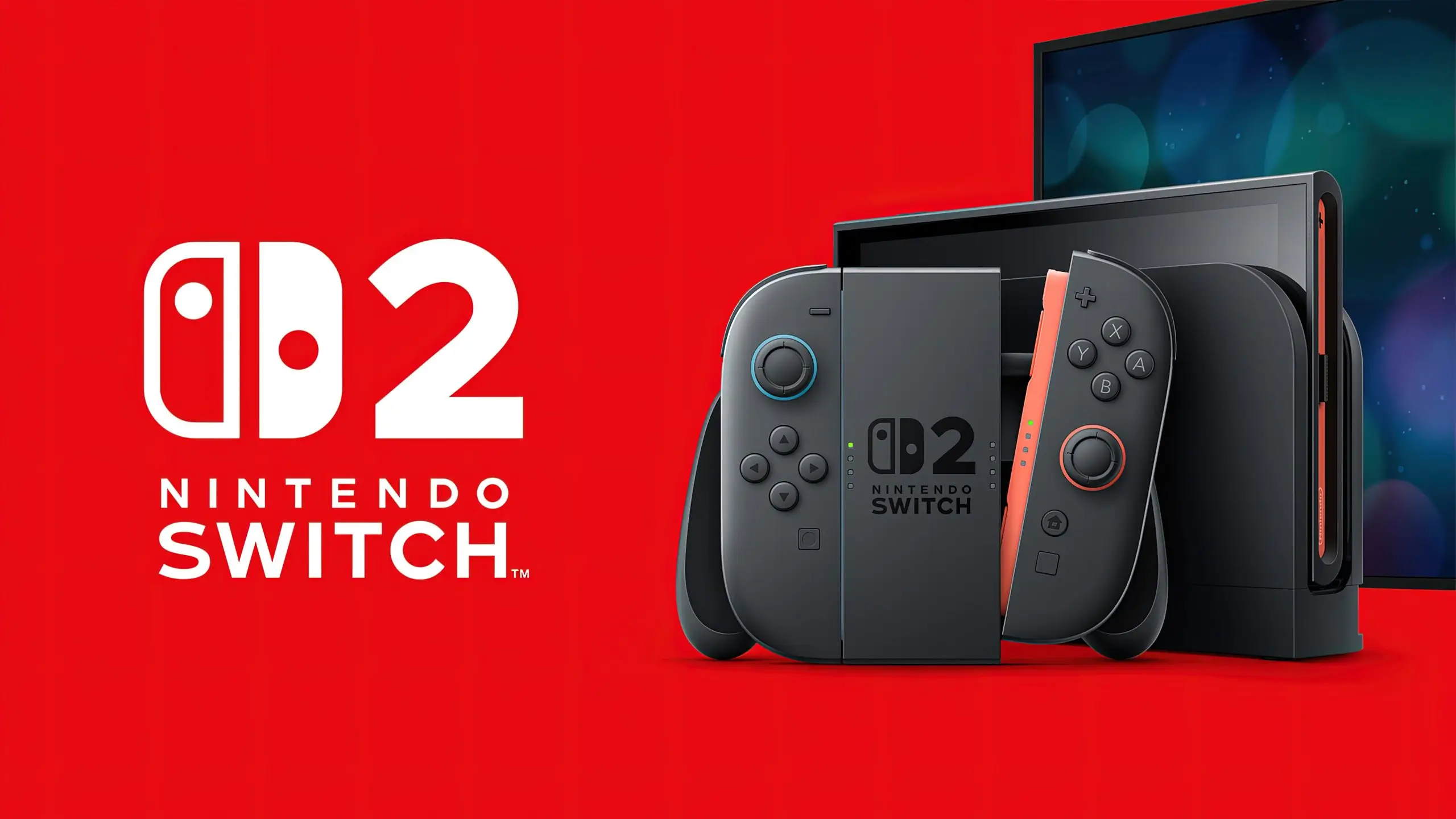
Nintendo has finally unveiled the complete technical specifications for its highly anticipated Switch 2 console, confirming rumors of a custom NVIDIA GPU and DLSS support while revealing a significant performance disparity between docked and handheld modes that has surprised many industry analysts.
Nintendo Confirms Switch 2 Hardware After Months of Speculation
After months of carefully controlled information releases and vague statements, Nintendo has officially disclosed the full technical specifications for the Switch 2 console. Digital Foundry, known for their in-depth technical analysis of gaming hardware, has published a comprehensive breakdown of the system’s capabilities, ending widespread speculation about the console’s power and features.
The Switch 2 will be powered by a custom NVIDIA Tegra T239 system-on-chip featuring an 8-core ARM Cortex-A78AE CPU configuration running at 1.8GHz in handheld mode and 2.5GHz when docked. This represents a substantial upgrade from the original Switch’s Tegra X1 chip with its 4-core CPU that was based on the older ARM Cortex-A57 architecture.
Custom NVIDIA GPU and DLSS Support
Perhaps the most significant revelation is the confirmation that the Switch 2 will feature a custom GPU based on NVIDIA’s Ampere architecture – essentially a miniaturized version of the technology found in the RTX 30 series desktop graphics cards. The GPU will feature 12 Streaming Multiprocessors (SMs) and operate at variable clock speeds: 600MHz in handheld mode and 1GHz when docked.
Nintendo has also confirmed that the system will support NVIDIA’s DLSS (Deep Learning Super Sampling) technology, which uses AI-based upscaling to improve image quality and performance. This feature will be crucial for the system to reach higher resolutions while maintaining acceptable framerates, especially when running more demanding titles.
“The inclusion of DLSS is a game-changer for Nintendo,” notes Digital Foundry’s technical director. “It allows the Switch 2 to punch above its weight class by intelligently upscaling from lower internal resolutions while maintaining visual fidelity.”
Significant Performance Gap Between Docked and Handheld Modes
One surprising aspect of the specifications is the substantial performance differential between docked and handheld modes. According to the technical analysis, the Switch 2 will experience up to a 60% performance reduction when used as a portable device compared to when it’s connected to a TV.
This performance gap is significantly larger than what was seen in the original Switch, which typically saw around a 40% difference between modes. The disparity is primarily due to aggressive clock speed reductions implemented to maintain acceptable battery life and manage thermal output in the handheld form factor.
Memory and Storage Specifications
The Switch 2 will come equipped with 12GB of LPDDR5 memory, a substantial upgrade from the original’s 4GB of LPDDR4. This increased memory allocation will allow for more complex games with higher-resolution textures and more detailed environments.
For storage, the base model will include 256GB of internal NAND flash storage, with premium editions offering up to 512GB. The console will retain the microSD card slot for expandable storage, with support for cards up to 2TB.
Display and Resolution Capabilities
Nintendo has opted for a 7-inch OLED display for the Switch 2, maintaining the same screen size as the OLED version of the original Switch but with improved brightness and color accuracy. The panel will feature a 1080p resolution, up from the 720p display of its predecessor.
When docked, the system will be capable of outputting at up to 4K resolution for supported games, though many titles are expected to run at dynamic resolutions with DLSS upscaling to maintain performance targets.
Battery Life and Thermal Management
Battery life has been a significant focus for Nintendo with the new hardware. Despite the increased performance, Nintendo claims the Switch 2 will offer between 4-7 hours of gameplay on a single charge, comparable to the revised model of the original Switch.
To manage thermal output from the more powerful components, Nintendo has implemented an enhanced cooling solution that includes a larger heat sink and improved fan design. This thermal management system is crucial for maintaining performance during extended play sessions, particularly for more demanding games.
Backward Compatibility and Game Support
Nintendo has confirmed that the Switch 2 will feature backward compatibility with “most” original Switch titles. However, some games may require updates or patches to fully function on the new hardware. The company has stated that it is working with developers to ensure a smooth transition for the existing library.
Industry analysts suggest that while the new hardware represents a substantial upgrade, it still falls short of the raw processing power found in the PlayStation 5 and Xbox Series X. However, Nintendo’s focus has traditionally been on innovative gameplay rather than pushing technical boundaries.
Preorder Information and Release Date
Following the specifications reveal, Nintendo has opened system reservations at select retailers. The standard model is priced at $399.99, with a premium edition featuring additional storage and bundled software available for $449.99.
The Nintendo Switch 2 is scheduled for release in November 2025, positioning it perfectly for the holiday shopping season. The company expects high demand and potential supply constraints, encouraging interested consumers to secure preorders early.
Market Impact and Industry Response
The confirmation of the Switch 2’s specifications comes at a critical time for Nintendo, as the original Switch approaches its ninth year on the market. While the current system continues to sell well, hardware sales have begun to decline as consumers anticipate the next generation.
Gaming industry analysts remain optimistic about the Switch 2’s prospects, noting that Nintendo’s strategy of pairing accessible hardware with strong first-party software has proven successful in the past.
“Nintendo doesn’t need to compete directly with Sony and Microsoft on raw performance,” explains industry analyst Michael Pachter. “Their strength lies in their exclusive franchises and unique hardware features. The Switch 2 specifications suggest they’re maintaining that philosophy while still delivering meaningful technical improvements.”
With the specifications now confirmed, attention turns to Nintendo’s software lineup for the new console. While several titles have been hinted at, including new entries in the Mario and Zelda franchises, Nintendo is expected to reveal its launch lineup at a dedicated Nintendo Direct presentation in the coming weeks.
As the holiday season approaches, the Switch 2 is positioned to be one of the most sought-after tech products of 2025, continuing Nintendo’s tradition of innovative gaming hardware that prioritizes unique experiences over pure technical specifications.
-

 AI3 months ago
AI3 months agoDeepSeek AI Faces U.S. Government Ban Over National Security Concerns
-
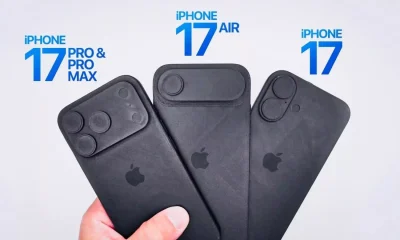
 Technology2 months ago
Technology2 months agoiPhone 17 Air and Pro Mockups Hint at Ultra-Thin Future, Per Leaked Apple Docs
-

 AI2 months ago
AI2 months agoGoogle Gemini Now Available on iPhone Lock Screens – A Game Changer for AI Assistants
-
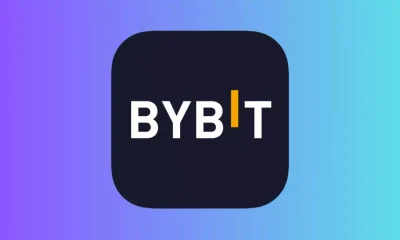
 Technology3 months ago
Technology3 months agoBybit Suffers Record-Breaking $1.5 Billion Crypto Hack, Shaking Industry Confidence
-
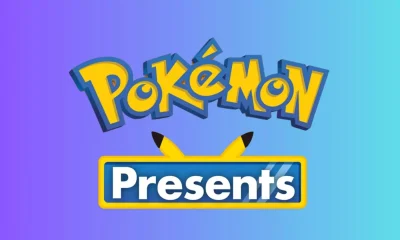
 Technology3 months ago
Technology3 months agoPokémon Day 2025 Celebrations Set for February 27 With Special Pokémon Presents Livestream
-
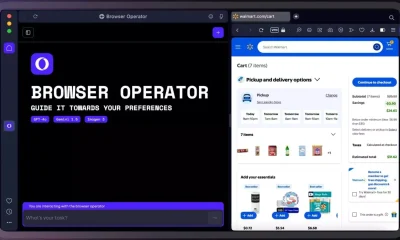
 AI2 months ago
AI2 months agoOpera Introduces AI-Powered Agentic Browsing – A New Era for Web Navigation
-
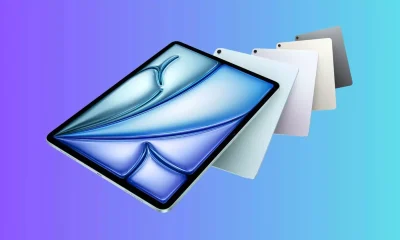
 Technology2 months ago
Technology2 months agoApple Unveils New iPad Air with M3 Chip and Enhanced Magic Keyboard
-

 AI2 months ago
AI2 months agoChina’s Manus AI Challenges OpenAI with Advanced Capabilities
